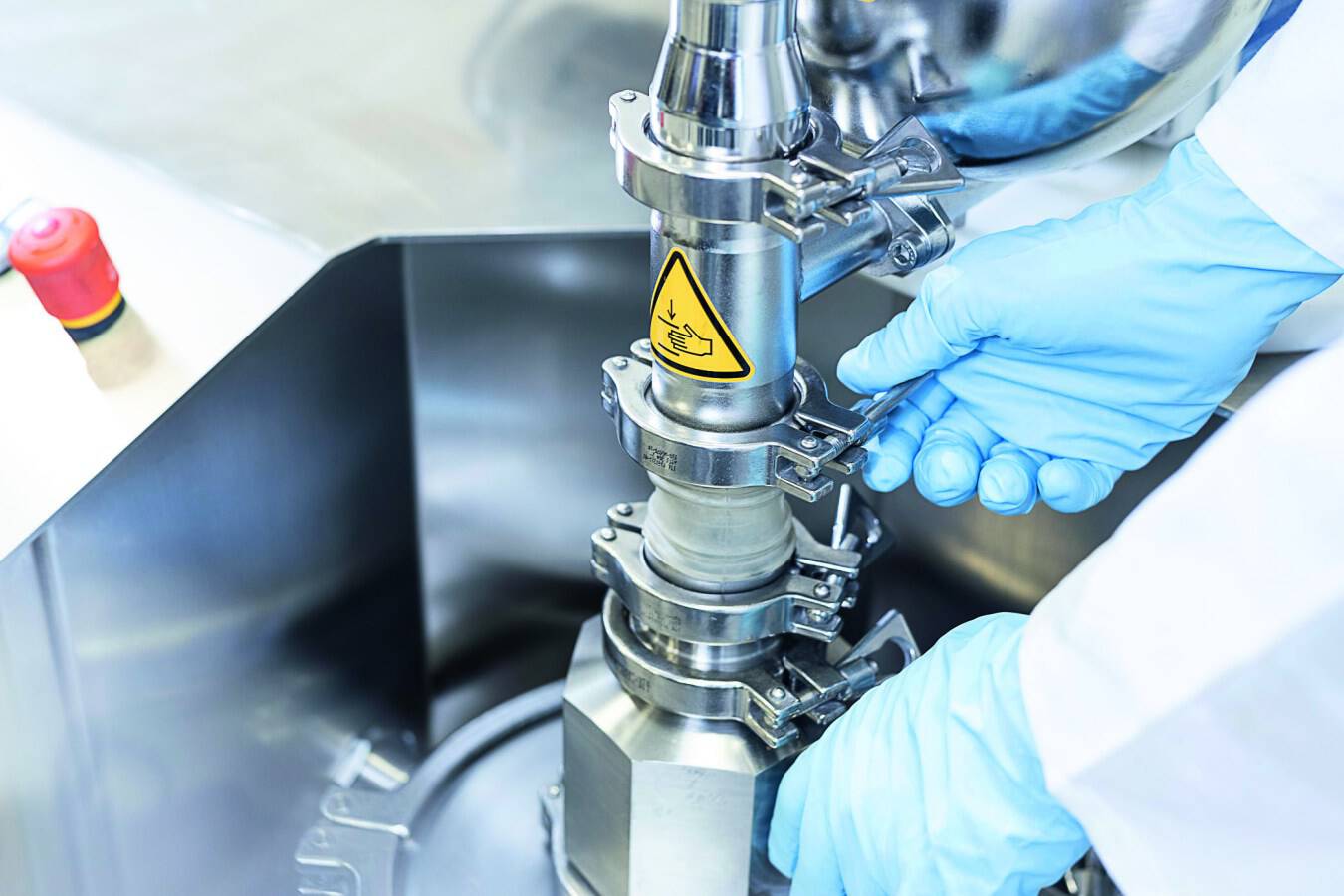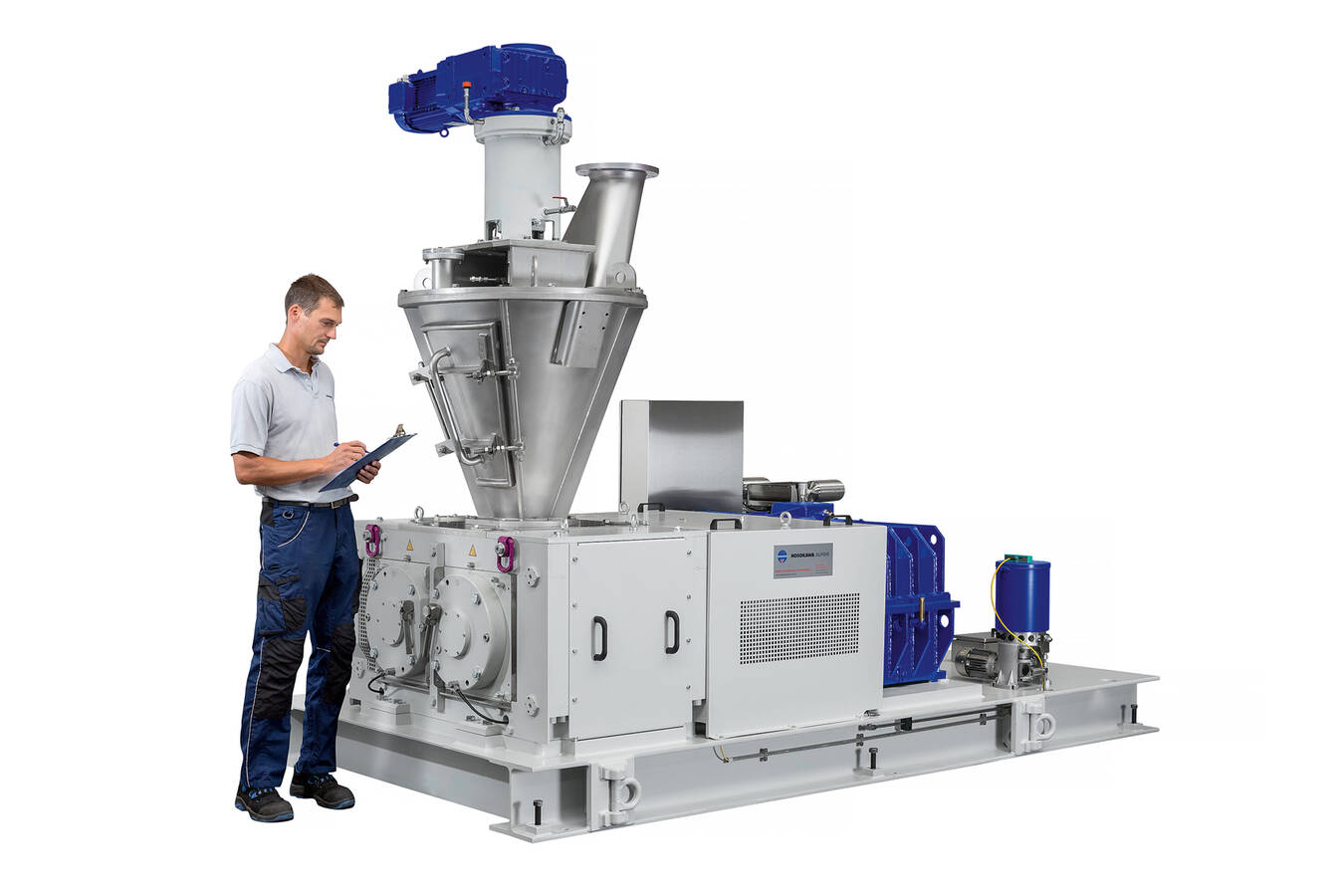Direct recycling of production waste of Lithium-ion batteries
The machine and plant manufacturer Hosokawa Alpine has developed a process that can be used to recycle material scrap created in the production of lithium-ion batteries directly by the battery manufacturer.
From consumer electronics to electromobility: The demand for lithium-ion batteries is steadily increasing. But increased battery production also leads to a greater number of rejects during the manufacturing process. This arises, for example, when sorting out defects such as pinholes, inclusions and other coating faults, due to edge trimming or rejects during the finishing process. In total, about 10% (or considerably more depending on the process) of the coated cathode or anode films end up as rejects and have to be recycled. In particular, the valuable active materials, i.e. the NMC or LFP of the cathode films or the graphite-silicon mixtures of the anode films, should be processed and directly recycled free of impurities.
Direct recycling ensures efficient production
In order to be able to recycle cathode and anode film scrap during production, Hosokawa Alpine has developed a range of solutions. ”Direct recycling means that rejects can be recycled at the production site and fed directly back into the production cycle. That makes production more efficient, and the cathode and anode material can be almost completely recycled. Customers also save themselves the effort involved in external recycling,” explains Thomas Weischer, Operations Director Recycling Division at Hosokawa Alpine.
Production scrap grinding with Rotoplex cutting mill
In the first step of this process, the scrap material is ground. This is done using Hosokawa Alpine’s Rotoplex cutting mill, which has to be operated with inert gas both for safety reasons and to protect the material. The Rotoplex is available in a variety of sizes and can process throughputs from 250 to 3800 kg/h. The cross-scissor-cut rotor developed by Hosokawa Alpine and proven over many years also ensures a very low energy input into the material and is also therefore very efficient. The feed can be supplied directly from coils via unwinding devices or alternatively as ”crumpled material” via a feed chute. Handling under a controlled atmosphere is always guaranteed.
After pre-grinding with the Rotoplex, Hosokawa Alpine offers various solutions for delaminating the aluminium or copper film, i.e. detaching the cathode or anode material from the supporting film. Depending on the process, almost all of the active material can be fed directly back into the process. If required, optional further preparation and fine grinding can follow so that the material scrap can be optimally fed back into the coating process.

